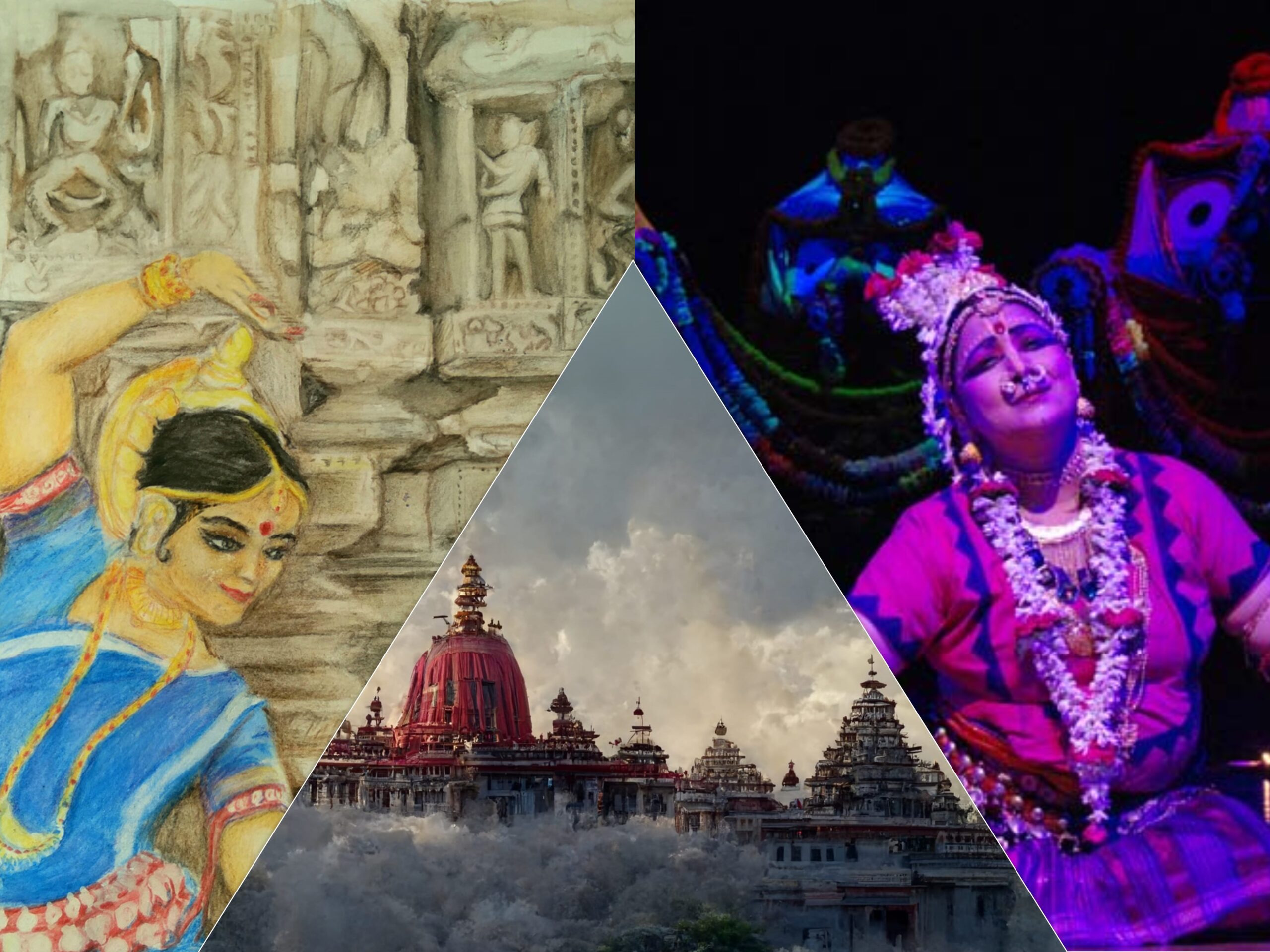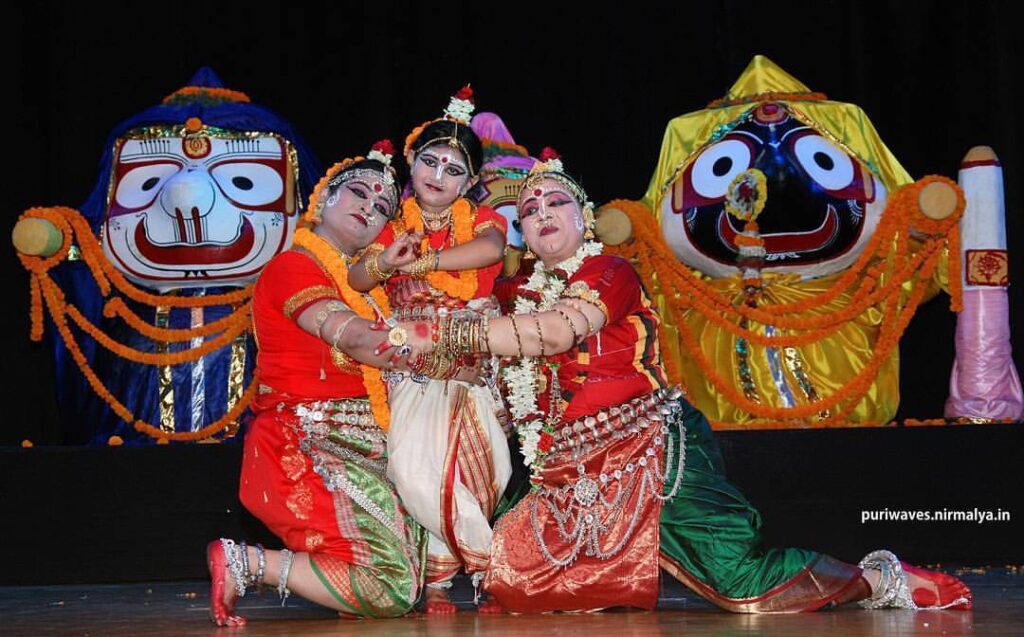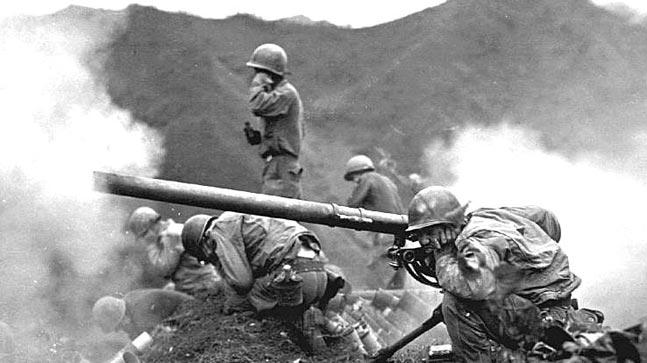- Visitor:80
- Published on:
An overview of the ceremonies in becoming a Mahari in Puri Jagannatha Temple
The social status enjoyed by the maharis were special and important during the rule of the king and the maharis never became widows as they were married to Lord Jagannatha. The maharis re-invented herself at every age until their status declined in modern society after the passing of the anti-nautch act. Centuries of negotiation have silenced a community of traditional artists, social status and their livelihood.

Maharis are a community of women who dedicated their lives to serving god and were engaged in temple rituals. This tradition was in practice in the southern states of India and Odisha. It is urgent to recognise the rich past and the contribution of the temple dancers performing the daily rituals in the temples. Devadasi had a way of life that signified timelessness and also an ever-changing manifestation of bhakti directed to a many-faceted Supreme Being (Vishawanath, 2008:3). It was like a dream to be the slave of god, especially for the singers and dancers. Dance can have multiple roles in society, the dancing tradition of devadasis portrays a level of social interaction where dancing functions as a metonym for social status, gender and kinship. Devadasis used to perform for centuries in the temple, the royal court and at social gatherings like marriages. Some were just a part of the king’s entourage with a set of duties and an artistic repertoire suitable for the king’s court. Some were referred to as dasi who was the ritual dancer in the temple and the other one was the kutcheri dasi, who served neither the king nor the temple but had a large repertoire of dance and music. The last category became more prominent in the eighteenth and nineteenth centuries after the decline of court patronage. The tradition of the devadasis cannot be looked at through a linear lens and restricted as “servant of the god” but their roles and association in the temples and palace bring in complex discourse.
This particular work will give an overview of the selection procedure and the rituals of the girls chosen and dedicated for the temple service based on the ethnographic account of the author Fredrique Alfred Marglin. Based on the local narrative it is believed that anyone even without the family lineage can be dedicated to the temple dancing tradition. But there were a set of rules and procedures for doing so. The girl should not be lame, deaf, blind or have any bleeding or wounds. There is a petition that needs to be submitted by the mother of the girl or senior devadasi to the king. The widow’s mother cannot submit a petition to the kings. This particular petition would be a written document submitted to the king. The king would send his men to the reputed citizens and skilled in dance and music to find out about the girl’s knowledge. Then the king would send an approval followed by the rituals.

The devadasis do not marry. They considered themselves to be married to Jagannatha. The two important ceremonies represent this marriage, devadasis are dedicated to temple service prepubertal, and this constitutes a marriage to the deity. Then the second important ceremony was the time of menarche which was like a wedding for them and corresponds to the ceremony of ‘punaha bibaha’ used to be performed in the groom’s house when the wife who was married prepubertal attains puberty. The ceremony of dedication to the temple service is called sādhi bandhana. This means the tying of the saree that came from the image of Lord Jagannath.
An auspicious day was chosen for the performance of the ceremony. The girl takes a bath in the early morning, rubs her body with turmeric and fasts. She also wears new bangles and sarees and must receive an initiatory mantra from the devadasi’s guru. This particular ritual was called guru dikshya. The gurus of the devadasis are different from the male temple servants. In this ritual, the girl and the guru sit close together and are covered with a new saree, thus hiding the guru whispering the mantra in her ear. Her body is purified by this initiation and without the guru dikshya the sandal paste mark on the nose which has to be worn during the ritual was not allowed. The girl was greeted and welcomed by the devadasis of the temples by making sounds and showering rice. After a set of rituals, the girl was considered to be married to Jagannatha. They would remain widowed throughout their life. The male servants have a similar ceremony of dedication. According to Marglin’s research, it seems that the male servants felt like women as they are mostly engaged in the work of women for the deity. Many male servants associated their inner selves with a woman as they do seva like a woman. Here it is noticed that a way of lifestyle can alter their identity to some extent. It can be seen how the work influences how the male servants would identify themselves as women where Jagannatha is the only purush.
After the temple dedication ceremony the devadasis can perform the morning dance ritual but not the evening singing ritual. The evening singing rituals are only allowed after puberty. Puberty is celebrated in a bigger way than the temple dedication ceremony. The expense of this celebration and feast are borne by a brahmin – the temple servant and not by the family of the maharis. The name of this ceremony is given by the head priest as ‘pratama raja darsana’ i.e. seeing the first menstrual blood. Other names of this ceremony are becoming grown or ‘bada hebā’ or holding the house or ‘ghara dharibā’. These appellations refer to the transition from a girl to a woman or her role as a housewife beginning with this ceremony. After all the six days’ ritual, on the seventh day the girl returns to her house where she is welcomed with lights and throwing rice and grass. According to Marglin there are controversies regarding the sexual relationships between the maharis and the kings and the priests of the temple. Based on Marglin’s finding by interviewing one mahari that it seems that it was a rule where the king should be the first one with whom the girl would have a sexual relationship. The consummations were called by various terms by the maharis such as ‘anga sparsa’ (touching of the body), ‘anga lagi’ (giving the body) and ‘anga dubaiba’ (body dip). On the contrary the other maharis denied such a rule of getting associated sexually with the king. According to them one of the “brahmin temple servants should be the first one but if the king wants her he can have it” (Marglin, 1985:76). The king could exercise the right of having a devadasi if he desires so.
There were other such rituals like the maharis were not allowed to observe the death pollution of the king. The consecration of the new king is an auspicious ceremony. The maharis also accompany the king in his procession to the temple on the coronation day of the king. This gives us the clue about why devadasis are locally called maharis from the word maharani or the queen. The devadasis of the Jagannath temple in Baripada, the capital of the former kingdom of Mayurbhanj are actually called maharani. The epigraphical and etymological evidence point towards an identification between queen and maharis. Neither the queen nor the maharis observe death pollution. The mahari does not observe the death pollution of her husband – Jagannatha. In this sense there is a parallel between the queen and the maharis thus its close affinity to the words of queen. The social status enjoyed by the maharis were special and important during the rule of the king and the maharis never became widows as they were married to Lord Jagannatha. The maharis re-invented herself at every age until their status declined in modern society after the passing of the anti-nautch act. Centuries of negotiation have silenced a community of traditional artists, social status and their livelihood.
Bibliography
Vishwanathan, L (2008) Women of Pride. Lotus Collection
Marglin, F (1985) Wives of the God-King. Oxford University Press. NY
Center for Indic Studies is now on Telegram. For regular updates on Indic Varta, Indic Talks and Indic Courses at CIS, please subscribe to our telegram channel !
- 40 min read
- 0
- 0










